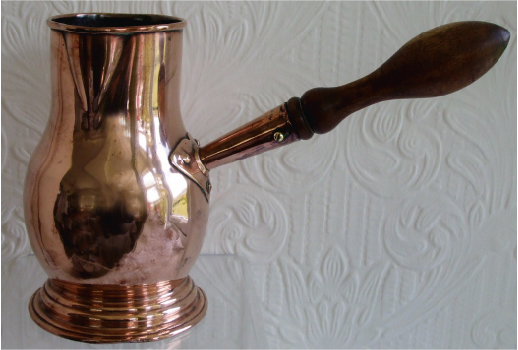In 1657 London's first chocolate shop opened in Queen's Head Alley, Bishopsgate Street, and was advertised in The Publick Adviser as being run by a Frenchman. This innovation was evidently very popular because chocolate houses sprang up around the city, and later in Bristol and Bath.
In 1675 King Charles II issued legislation to suppress coffee and chocolate houses, which he believed were “hotbeds of sedition”, although this was withdrawn within days.
The 1690s saw the arrival of chocolate houses in Westminster, such as White's, Saunders's and Dominico Ozinda's chocolate houses in St James's Street and the Cocoa-Tree in Pall Mall. Sometimes the activities of the patrons were far from innocent. An Old Bailey trial in 1693 heard that two customers drinking cups of chocolate in Bridges Street Chocolate House had been conspiring to commit a murder.
The first edition of The Tatler magazine in 1709 made clear the social distinctions of various London establishments and the types of conversation to be had therein: The Grecian was the place to visit for learning, St. James's Coffee-house for politics, while at White's Chocolate House the focus was pure pleasure-seeking.
Chocolate had gained a reputation as the tipple of the idle rich, with ladies reported as taking their chocolate in bed, but in these early years of the 18th century this was already changing. One study shows that ownership of the utensils needed to prepare hot drinks at home had risen from rare some 20 years before to relatively common in this short period.
